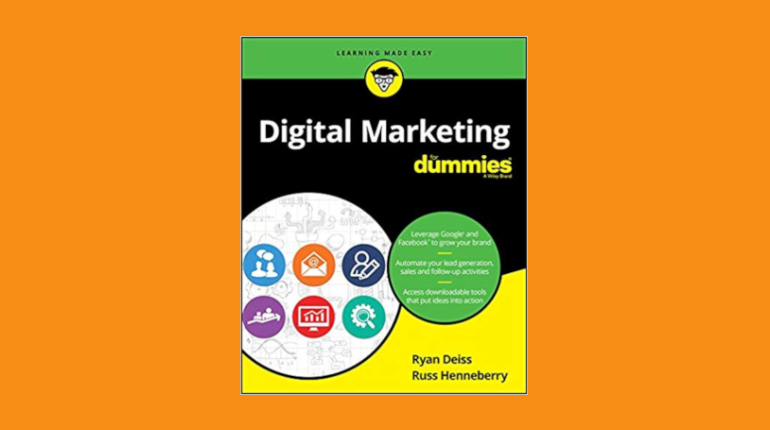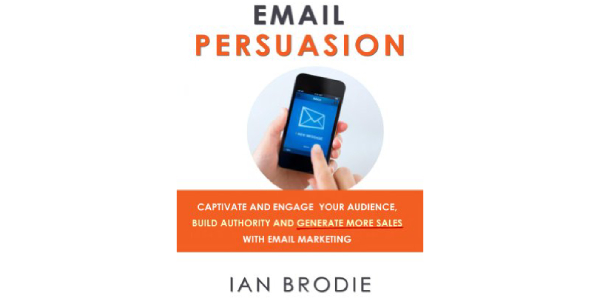
Digital marketing is the way of marketing in the modern era as people prefer accessing digital platforms for different shopping experiences. SEO, Email, blogs, or paid search; be that any digital channel, digital marketing is going to prevail for a long time. Know about different techniques of marketing from some fabulous technology design books written by some of the smartest people in the field. Though fewer marketing books are available in the stores, the ones mentioned in the article are some of the best creations. Grab one of these books to enhance your knowledge about digital marketing.
Read More About : The Best New Information Technology Books
Top seven-technology design books
Digital marketing for dummies
Digital marketing for dummies is an excellent read that covers broad aspects of digital marketing like planning, blogging, landing pages, SEO, SEM, email, paid marketing, and data analytics. Each category is dealt with in-depth, as the lesson on blogs, covers almost 57 ideas that can help make any blog stand apart. The authors have focused on asking the proper question and finding a diligent solution for each issue. The inputs from editors and designers make the book an excellent reference book for people who are keen on learning the techniques of digital marketing.
Social media marketing All-in-one for dummies
This is a highly recommended book for social media marketers. The book covers almost all the essential social media platforms like Facebook, Twitter, Pinterest, Instagram, and many more. The book has also covered in detail about the content marketing and tier two SM platforms like Vimeo, Tumblr, Spotify, and Periscope. The authors talk about organic and paid advertising modes in Social media in detail. A chapter is dedicated to the topic of paid advertising on Facebook, Twitter, LinkedIn, and Pinterest.

Email Persuasion: Captivate and Engage Your Audience, Build Authority and Generate More Sales With Email Marketing
The book elaborates on the basics and the intermediate strategies of email persuasion. The authors have focused on techniques like customer Insight Mapping Technique and opt-in formulas in detail. The customer insight technique helps you in understanding the client’s needs, whereas the opt-in method helps you in getting the right audience to subscribe to your emails. You can also garner audience attention with six surefire subject lines provided in the book.
Blogging: A Practical Guide to Plan Your Blog: Start Your Profitable Home-Based Business with a Successful Blog
This digital book is a fabulous technology design book that directs bloggers about the practical ways of setting up a blog for their clients. The 10 step model elaborates in detail from defining the goals to identifying keywords to publishing schedules of the blogs. The book also provides readers with links to the reviews and tools that will help you become a smart marketer. If you want to make your content visible to a broader audience, ensure that at least 1000 words are written with titles, and H tags are rich with keywords. Incorporate enough images with all the posts and links from the blog to content that invites leads.
Google AdWords for beginners: A Do-It-Yourself Guide to PPC Advertising
The book is a perfect beginner’s guide for those who are new to the Google Adwords that will motivate you to get started. The 8 step process will take you through setting up, bids, and the adword account operation in detail. The steps involve account and campaign structure, location, bidding & budgeting, Ad extensions, keywords match, writing ads, research, and optimizing and testing. The book is a full-on introduction to PPC. You can read about examples of campaigns and summary sections are detailed with tips and tricks to avoid the pitfalls.
Don’t make me think revisited:A Common Sense Approach to Web Usability
The book uncovers the most crucial element that binds together businesses and customers- the websites. No marketing has ever been successful with a lousy website that is unable to handle the customers. The book repeatedly emphasizes its point of not making the customers interpret your website, but rather the website should work in how they expect it to. The author adds that customers never read the site, but only scan them. So from a marketer’s viewpoint, you only have to work hard on figuring out how to make the thing work and satisfy your clients.






